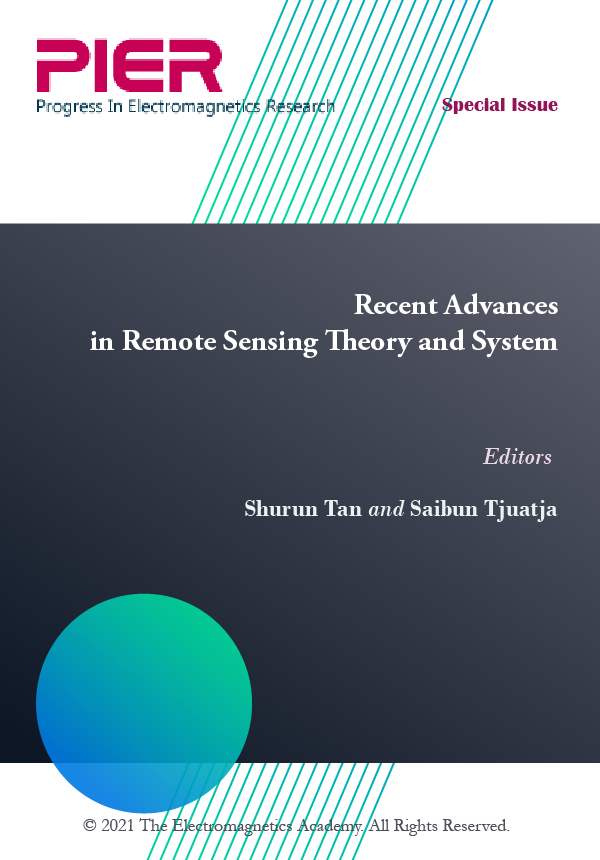石墨烯-六方氮化硼异质结构中圆形、惠更斯和双面偶极子的定向极化激发
IF 9.3
1区 计算机科学
Q1 Physics and Astronomy
引用次数: 13
摘要
偏振子辅助可调方向性为各种微/纳米集成光学系统提供了内在的成分。它们在介观结构中的光操纵能力为信息处理提供了许多有益的特性。通过调整系统偏置输入信号来实现主动近场定向比通过重新配置纳米结构来实现主动近场定向效果更好。多重杂化偶极子辐射的最新进展为实现可调谐方向性提供了另一种方法。本文研究了由石墨烯和六方氮化硼(hbn)组成的五层波导在圆偶极子、惠更斯偶极子或Janus偶极子等混合偶极子源照射下的一些奇异近场现象。我们证明了混合极化激子在不同源类型下的不同行为,以及在类声子极化激子和类等离子激子极化激子之间切换的可调性。我们还证明了受激杂化极化子群速度的翻转可以灵活地调整远离偶极源的输运方向。具体来说,当所支持的极化子群速度反转其符号时,能量流将相应向相反方向移动。这种现象在可重构和多功能纳米光子器件的设计中具有广阔的应用前景。本文章由计算机程序翻译,如有差异,请以英文原文为准。
Directional Polaritonic Excitation of Circular, Huygens and Janus Dipoles in Graphene-Hexagonal Boron Nitride Heterostructures
—Polariton assisted tunable directionality provides an intrinsic ingredient to various micro/nano integrated optical systems. Their capabilities of light manipulation in mesoscopic structures allow numerous beneficial properties in information processing. The realization of active near-field directionality by tuning the input signal of system bias is more preferable than that by reconfiguring the nanostructures. Recent progresses on the multiple hybrid dipole radiations ensure another methodology in realizing tunable directionality. Here we investigate some exotic near-field phenomena in a 5-layer waveguide consisted of graphene and hexagonal boron nitride ( h BN) illuminated by hybrid dipole sources such as a Circular dipole, a Huygens dipole or a Janus dipole. We demonstrate divergent behaviors of hybrid polariton excitations subject to various source types and the tunability of switching between phonon-like polaritons and plasmon-like polaritons. We also show that the flipping of the group velocity of excited hybrid polaritons can be used to flexibly tune the transportation direction away from the dipolar sources. To be specific, when the group velocity of supported polariton flips its sign, the energy flow will shift to the opposite side accordingly. Such phenomena are promising in the design of reconfigurable and multifunctional nanophotonic devices.
求助全文
通过发布文献求助,成功后即可免费获取论文全文。
去求助
来源期刊
CiteScore
7.20
自引率
3.00%
发文量
0
审稿时长
1.3 months
期刊介绍:
Progress In Electromagnetics Research (PIER) publishes peer-reviewed original and comprehensive articles on all aspects of electromagnetic theory and applications. This is an open access, on-line journal PIER (E-ISSN 1559-8985). It has been first published as a monograph series on Electromagnetic Waves (ISSN 1070-4698) in 1989. It is freely available to all readers via the Internet.

 求助内容:
求助内容: 应助结果提醒方式:
应助结果提醒方式:


